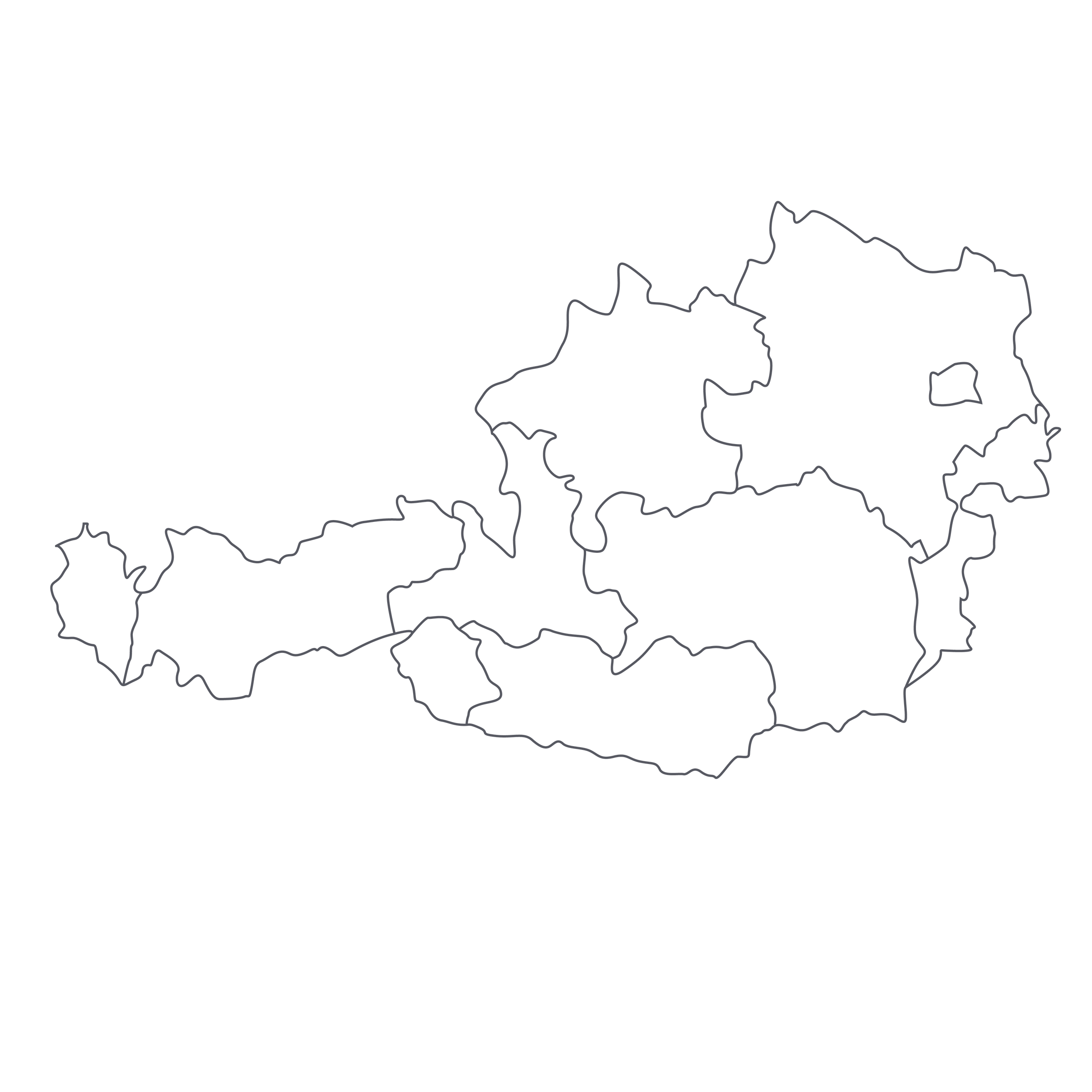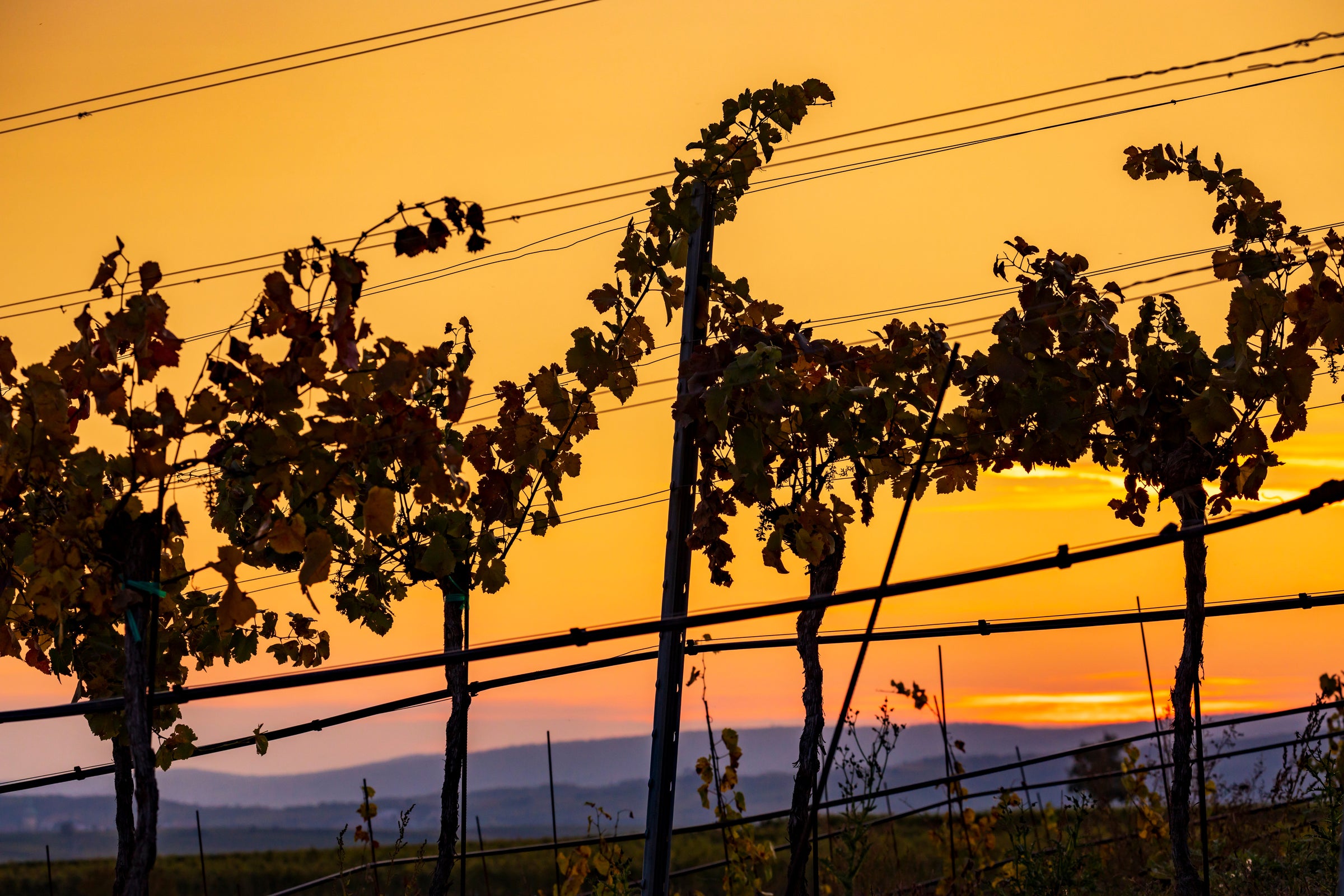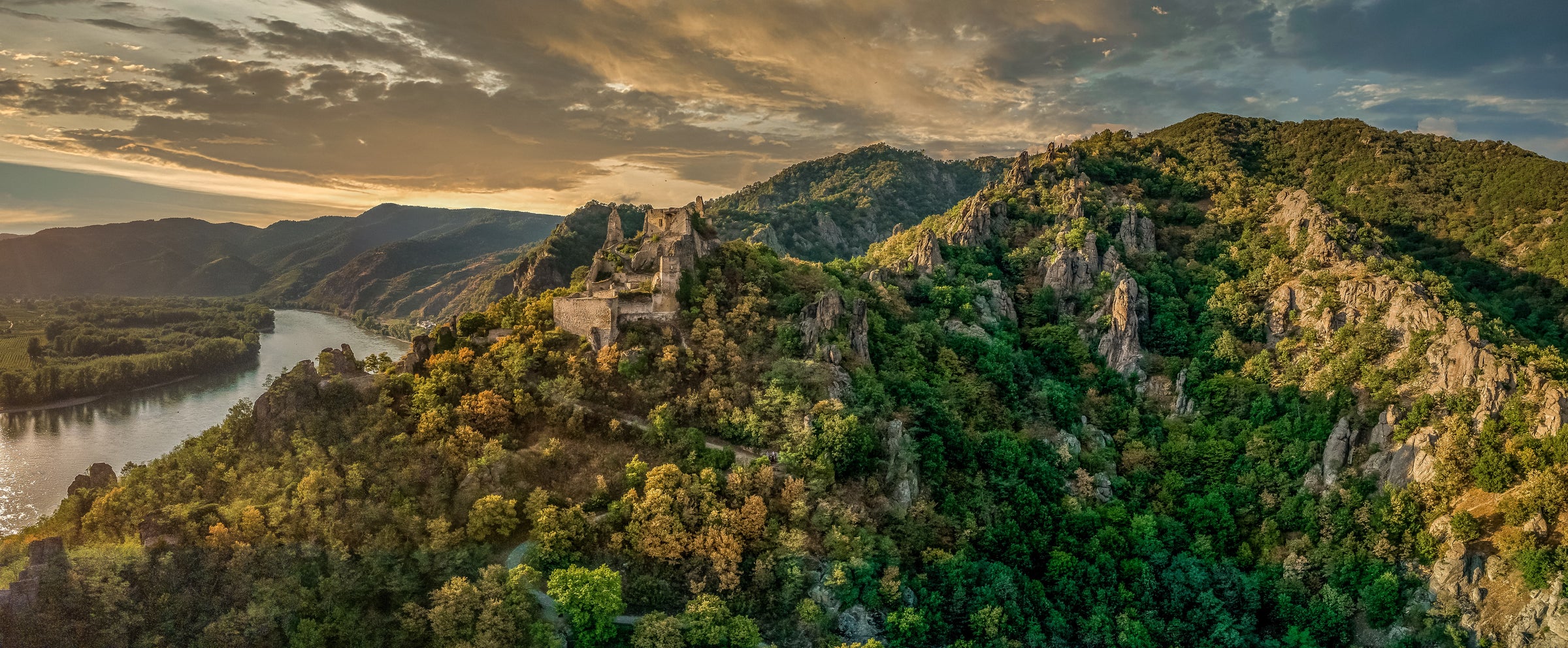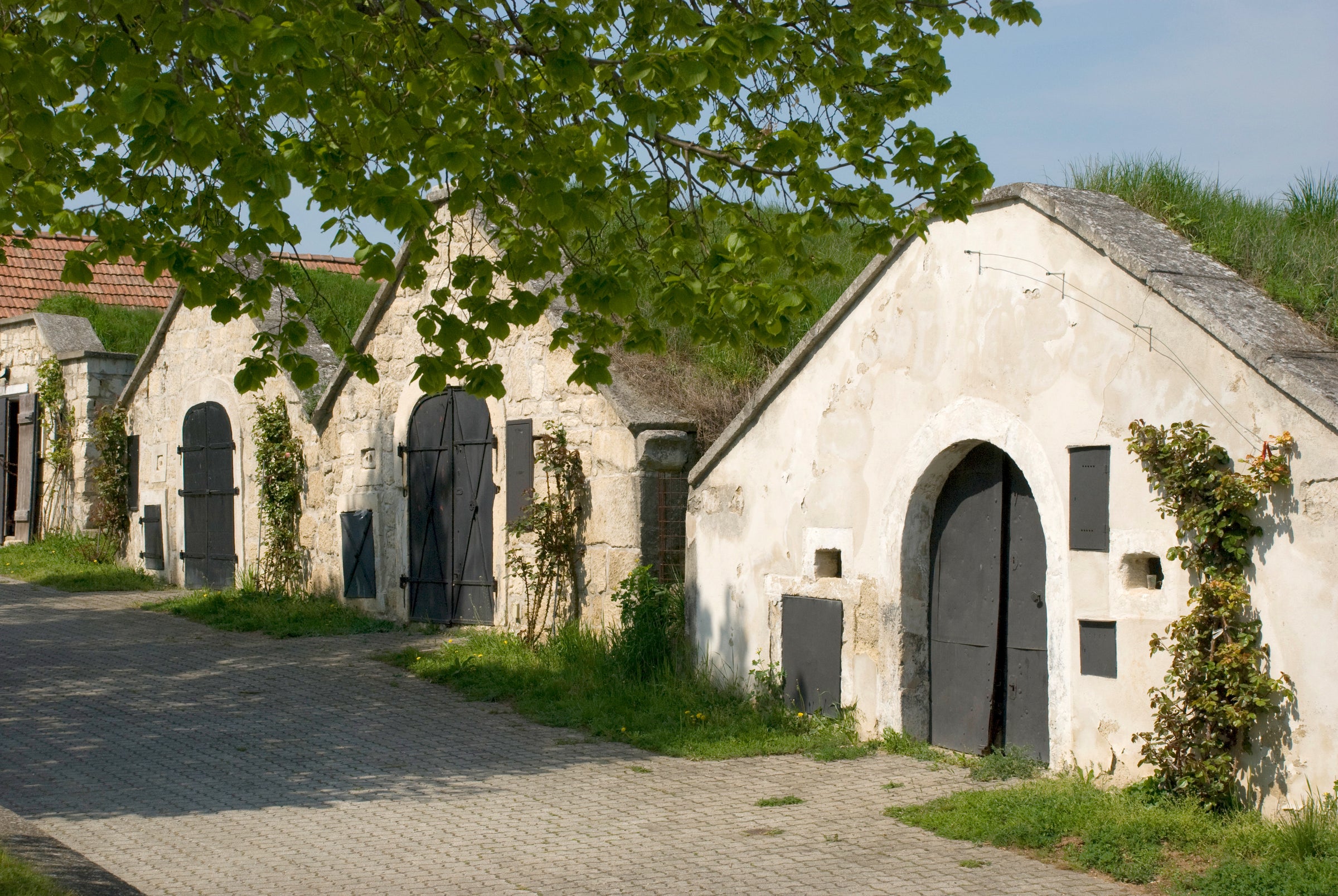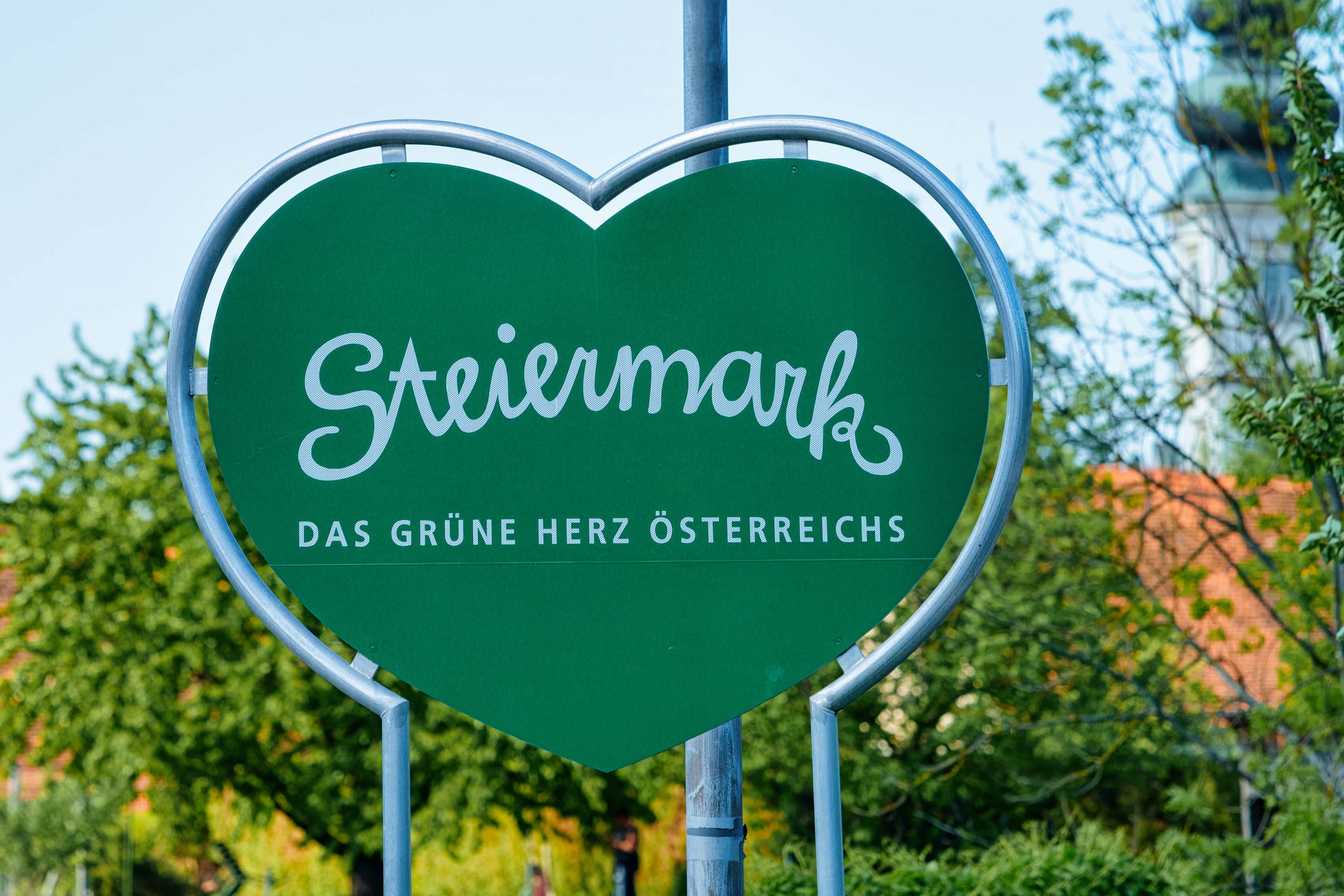There are ‘wine towns’ and then there are WINE TOWNS. Imagine if your home city owned a winery and a significant acreage of important vineyards, and made good wines from them for the benefit of the municipality. Such is the case at Stadt Krems, so named for the picturesque Austrian hamlet on the Danube that gives us the 2015 Kremstal Grüner Veltliner. This mineral-rich white gives new meaning to the word ‘classic,’ as it hails from vineyards originally bequeathed to the city of Krems in the 13th century.
But it’s not just a sentimental pick: Rather than rest on its historic laurels and fall into the complacency that bedevils many public entities/co-ops, the team at Stadt Krems is determined to make wines that compete with Kremstal’s best. This, to me, is a quintessential entry-level Austrian Grüner, snappy and refreshing and amazingly versatile with food.
The Kremstal is one of five main appellations that run west-to-east along the Danube towards Vienna, and like Wachau to its immediate west, the Kremstal appellation has its own “quality” tiers (related to grape ripeness at harvest). While Wachau has three tiers (Steinfeder, Federspiel, Smaragd), the Kremstal has two (Classic and Reserve). This 2015 is labeled Classic, which would put it in roughly the same weight class as a Federspiel from the Wachau. It is sourced from terraced vineyards within the Krems city limits, where all of Stadt Krems’ 30 hectares are located; 90% of the winery’s production is Grüner Veltliner and Riesling, with the Grüner planted in sites containing its preferred loess soil (a wind-blown sedimentary soil with lots of calcium carbonate) and Riesling in granite and gneiss.
Having traveled in Austrian wine country many times, I taste this wine and I’m immediately transported to a Viennese heuriger, an outdoor tavern set amongst vineyards that’s sort of the wine equivalent of a biergarten. Vienna, in fact, is the only major city in the world with a significant stand of vineyards within its city limits, and to sit at a picnic table drinking wine like this and eating a plate of weisswurst is an experience every wine lover should have. The amazing freshness, moderate alcohol, and palate-enlivening minerality of these traditional wines make them the ideal choice for a picnic.
Obviously there’s a broad spectrum of Grüner Veltliner expressions: Kremstal and its neighboring appellations along the Danube sit between the Alps to the west and the Pannonian plain to the east, creating the classic diurnal exchange of coolness/warmth, and with most of the vineyard planted on the north bank of the River, Kremstal’s best expositions take in all-day sun. As Grüner lovers know, this famously mineral, acid-driven white is capable of great depth and viscosity as well.
That said, Stadt Krems’ 2015 is full of vim and vigor, a wine that, structurally, will remind you of a classically styled Sancerre. The acidity is gripping and fresh, not a Riesling level of acidity but close, and the fruit component is pure and quite pronounced on the palate. In the glass it is, yes, ‘classic’: a pale straw-gold with silvery/green reflections at the rim. The nose is a dewy, delicate mix of fruit and earth, with notes of green apple, lime blossom, and green peach (i.e. a peach you bought a few days too early) mixed with white pepper, radish, coriander, and a little green tea. The palate is medium- to light-bodied, fresh and brisk, offering a rather generous splash of appley fruit cleaned up by a wave of citrusy acid and wet-stone minerality. This is certainly a pop-and-pour candidate (yet 30 minutes in a decanter helps) to be enjoyed as an apéritif or alongside an assortment of appetizers: Back when I was working in fine dining, Grüner like this was my go-to ‘first course’ wine on tasting menus, offering not just great versatility but operating as a sort of ‘setup man’ for the richer, more intense whites/reds to follow. And while it’s not exactly the season for it, I’d love to re-create the
heuriger experience at home with a picnic of
weisswurst, kraut, sweet mustard, good bread/pretzel, and copious quantities of this wine on ice. If you can’t get to Vienna (or Krems), this will get you close!


